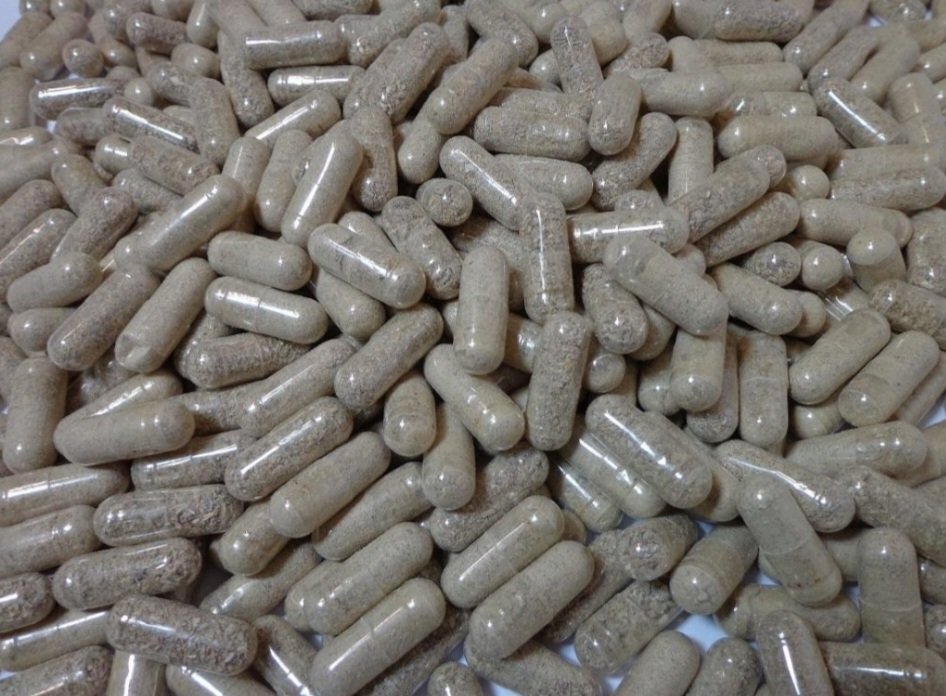
Unveiling the Power of Mycoremediation: Harnessing Mushrooms to Cleanse Contaminated Environments

As environmental challenges grow more complex, scientists and innovators are turning to nature for solutions. One of the most promising and fascinating approaches is mycoremediation—the use of fungi, particularly mushrooms, to clean up polluted environments. Far from being just a culinary delicacy or a forest oddity, mushrooms possess unique biological properties that allow them to break down toxins, absorb pollutants, and restore balance to damaged ecosystems.
What is Mycoremediation?
Mycoremediation is a form of bioremediation, where living organisms are used to detoxify polluted soils, waters, and air. In this case, fungi take center stage. The root-like structures of mushrooms, known as mycelium, act as a natural filtration network. They secrete powerful enzymes capable of breaking down complex and harmful compounds into less toxic or even harmless substances.
This remarkable ability has led researchers to explore fungi as a natural solution for cleaning up everything from oil spills to heavy metals and even plastic waste.
How Mushrooms Clean the Environment
Mushrooms are nature’s recyclers. Here are some of the ways mycoremediation works:
- Breaking Down Hydrocarbons: Certain fungi, such as oyster mushrooms (Pleurotus ostreatus), can degrade petroleum products, making them highly effective in cleaning oil-contaminated soils.
- Absorbing Heavy Metals: Fungi can bind and accumulate toxic metals like lead, cadmium, and mercury, reducing their presence in soil and water.
- Neutralizing Pesticides: Mycelium networks are capable of breaking down harmful agricultural chemicals, helping restore farmland health.
- Plastic Degradation: Emerging research shows that some species of fungi can digest plastic polymers, offering potential solutions to one of the planet’s most pressing pollution problems.
Real-World Applications
Several pilot projects and studies have showcased the effectiveness of mycoremediation:
- After oil spills, oyster mushrooms have been used to restore contaminated soils, leaving behind fertile earth where plants can grow again.
- In agricultural regions, fungi have been applied to reduce pesticide residues and improve crop sustainability.
- Urban researchers are experimenting with fungal “biofilters” to capture pollutants from stormwater and industrial waste.
Benefits of Mycoremediation
- Eco-Friendly: Unlike chemical clean-up methods, fungi work naturally, with minimal disruption to ecosystems.
- Low Cost: Mycoremediation is far less expensive than traditional industrial remediation techniques.
- Sustainable: Fungi can be cultivated locally, making this approach accessible worldwide.
- Restorative: Beyond removing toxins, fungi often improve soil health, enabling new vegetation and biodiversity to thrive.
Challenges and Future Potential
While the promise of mycoremediation is enormous, challenges remain. Fungi are highly effective in controlled settings, but scaling up to large polluted sites requires careful planning. Environmental conditions—like temperature, pH, and soil composition—can affect fungal performance. Additionally, the safe disposal of fungi after they absorb toxins must be considered to avoid secondary contamination.
Despite these hurdles, momentum is building. Universities, non-profits, and environmental startups are exploring new fungal species, genetic engineering, and field applications to make mycoremediation a practical tool in the global fight against pollution.
Conclusion
Mycoremediation represents a powerful alliance between human innovation and the natural intelligence of fungi. By harnessing mushrooms’ ability to cleanse and restore, we may unlock sustainable solutions to some of the most urgent environmental crises. As research advances and applications expand, one thing becomes clear: the humble mushroom may hold the key to healing our planet.